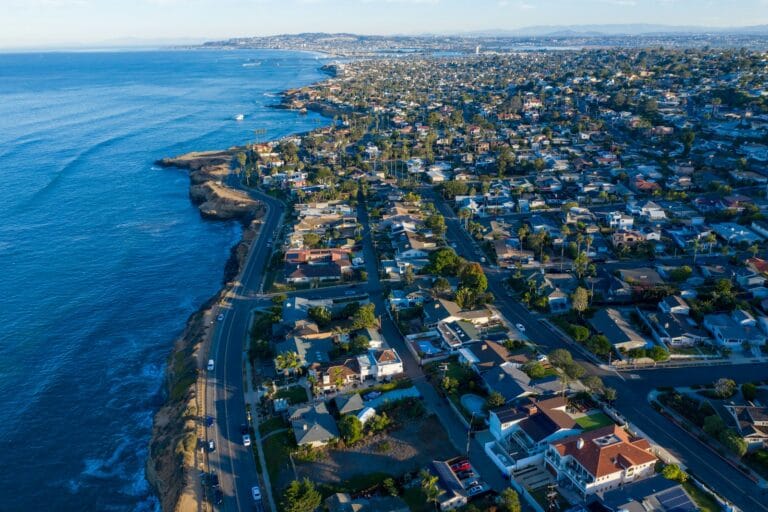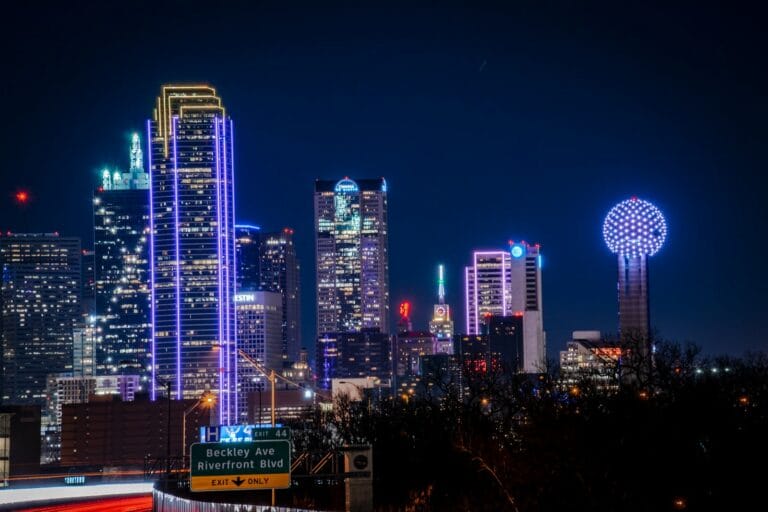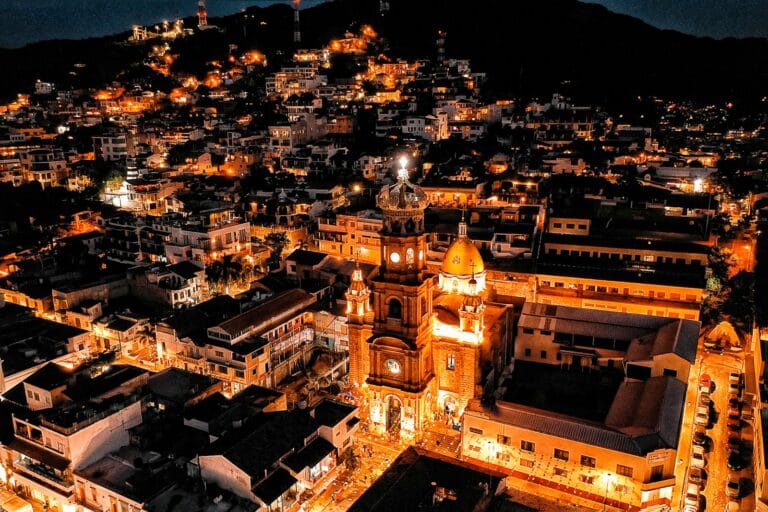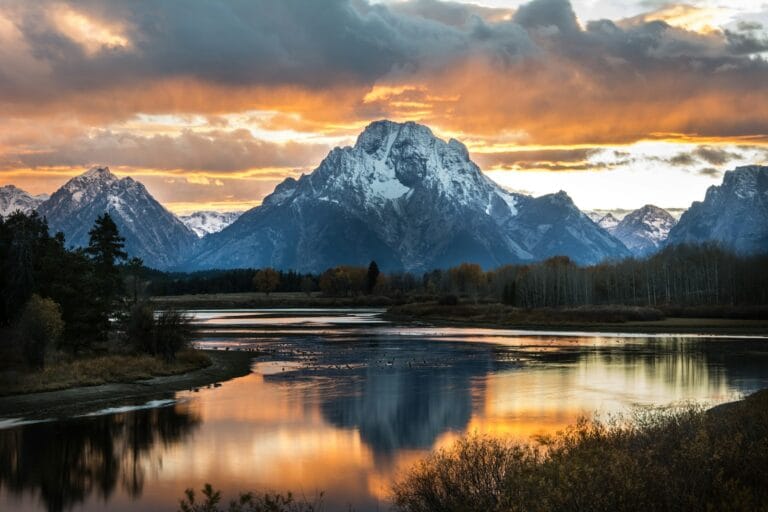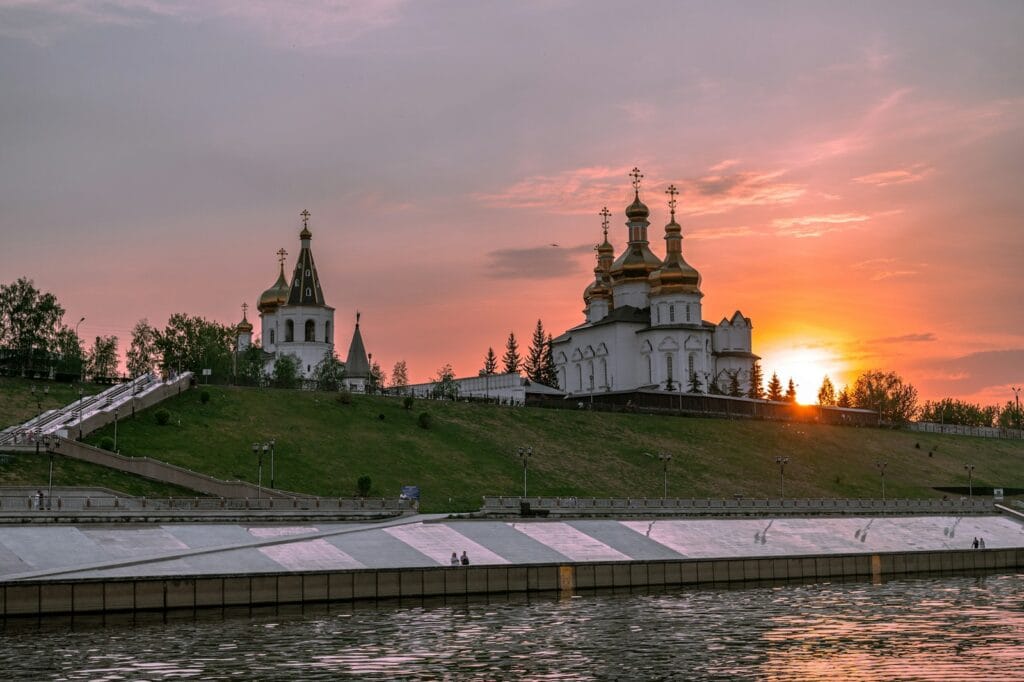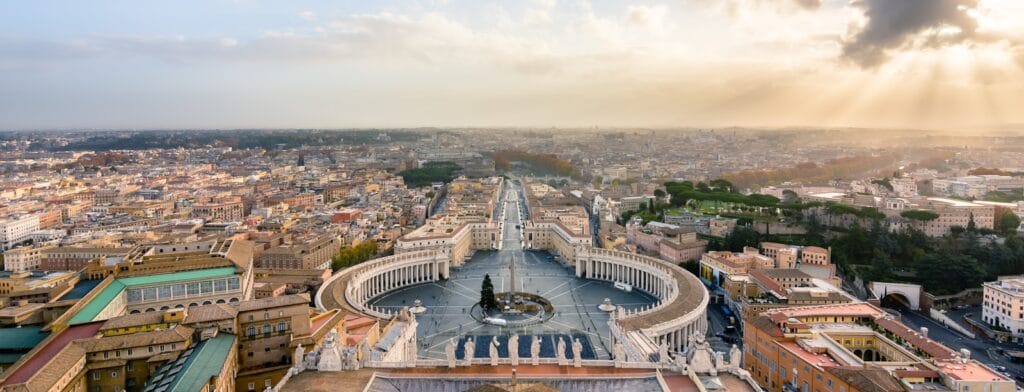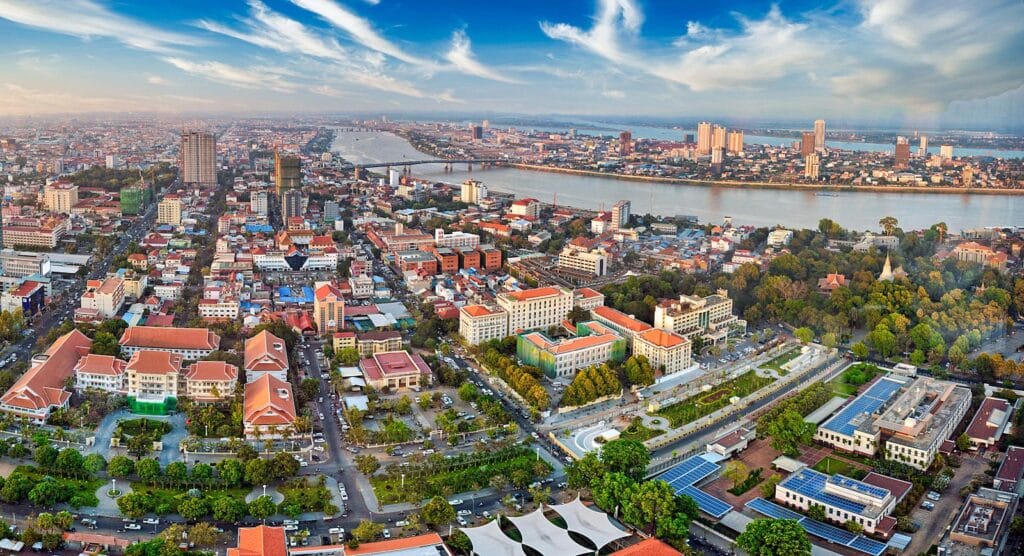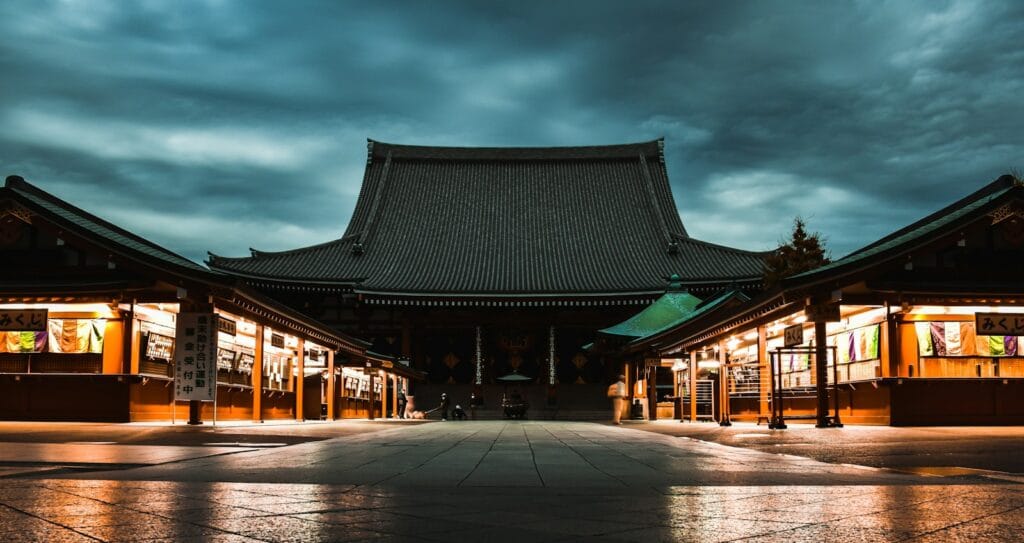Unmissable Things to Do in Chichen Itza
Intro to Chichen Itza Attractions
Imagine standing before an ancient pyramid where shadows mimic serpents, where the whispers of ball courts still echo, and every stone tells a story of cosmic alignment and divine power. Chichen Itza is one of the most spellbinding archaeological sites in the world — a window into the genius and grandeur of the Maya civilization.
This guide reveals the Chichen Itza Tours, must-see attractions, cultural highlights, and timeless experiences that define Chichen Itza and its surrounding region in Yucatán, Mexico.
Continent: North America
Country: Mexico
State: Yucatán
Nearest Town: Pisté (2 km away)
Language(s): Spanish, Yucatec Maya; English spoken at tourist areas
Currency: Mexican Peso (MXN)
Time Zone: Eastern Standard Time (UTC–5, no daylight saving)
Nearest Airport: Mérida International Airport (MID) – ~120 km / 2 hrs
Climate: Tropical savanna – hot and humid, with dry (Nov–Apr) and rainy (May–Oct) seasons
Known For: UNESCO World Heritage Site, El Castillo pyramid, Mayan ruins, equinox light phenomenon, sacred cenote
Chichén Itzá is within Mexico’s Yucatán Peninsula. Foreign travelers typically arrive via Cancún or Mérida airports. Entry into Mexico requires a valid passport; many nationalities do not require a visa for stays up to 180 days.
Official entry info: https://www.gob.mx/inm
No special vaccines required beyond routine immunizations. Use insect repellent due to mosquitoes (especially during rainy season). Travel insurance is advised for health coverage. Closest hospital: Hospital General de Valladolid (~45 mins away).
Travel health updates — get coverage here
Stay Informed with Official Updates: World Health Organization – International Travel and Health | Centers for Disease Control and Prevention – Global Travel Health
Chichén Itzá is considered very safe for tourists. Exercise standard precautions when traveling by road or using ATMs. The area is well-patrolled and regulated due to its cultural significance.
Check country-level advisories here.
Stay Informed with Official Updates: US Travel Advisory | UK Foreign Travel Advice
Mexico celebrates national holidays, which may affect access or increase visitor numbers:
Semana Santa (Holy Week) – March/April
Día de la Independencia – September 16
Día de los Muertos – November 1–2
Spring Equinox – March 20–21 (major crowd event at El Castillo)
Bring pesos for entrance fees and local vendors. Some card machines available but not guaranteed. Tipping guides and staff is appreciated (~10–15%). No duty-free shopping at the site.
ATM available in Pisté, but carry cash in small denominations.
Private shuttles, tour buses, and ADO coaches are the most common options. Local colectivos run from Valladolid and Pisté. On-site walking only. Wear sun protection and comfortable shoes.
Signal is weak at the ruins. No public Wi-Fi onsite. Nearby towns (Pisté, Valladolid) offer cafés and hotels with Wi-Fi. Telcel and AT&T are common providers in the region.
Climbing El Castillo and most structures is prohibited
Drones are not allowed without special permits
Respect sacred zones and cenotes
Bargaining is expected with local vendors
Modest dress and eco-friendly sunscreen encouraged
Respect the site as a cultural and religious monument.
Emergency: 911
Closest medical facility: Pisté Clinic or Valladolid General Hospital
Tourists often stay in Valladolid (~45 mins) for better services and lodging
Travel insurance recommended – insert your affiliate travel insurance link here
Best time to visit: November to March (dry and cooler)
Avoid peak heat: April–May
Wettest months: June to October
Visit early morning or late afternoon to avoid heat and crowds
Weather Forecast
Why Visit These Chichen Itza Attractions?
Chichen Itza isn’t just a ruin — it’s a marvel of science, architecture, and sacred astronomy. As a UNESCO World Heritage Site and one of the New Seven Wonders of the World, it draws travelers for its dramatic temples, intricate carvings, and celestial alignments.
The site features a vast complex of ceremonial structures that span centuries of Maya history. From towering pyramids to acoustic marvels and eerie cenotes, Chichen Itza delivers a full sensory and intellectual immersion. A guided tour enhances the experience by decoding symbolism, storytelling, and historic timelines often lost to the untrained eye.
Iconic Landmarks and Historic Sites
El Castillo (Temple of Kukulcán)
The centerpiece of Chichen Itza, this iconic step pyramid was built to honor the feathered serpent god Kukulcán. During the spring and fall equinoxes, a shadowy serpent appears to slither down the stairs — an awe-inspiring astronomical phenomenon.
Why it matters: A masterpiece of Maya engineering aligned with the solar calendar.
Visitor tips: Arrive early to beat crowds; the best lighting is mid-morning. No climbing allowed.
The Great Ball Court
The largest ancient sports arena in the Americas, this court echoes with myth and sacrifice. The acoustics here are legendary — a whisper at one end can be heard at the other.
Why it matters: A ritual battlefield where captives may have been sacrificed to the gods.
Visitor tips: Test the sound yourself! Ask guides about the rules of the Maya ball game.
Temple of the Warriors
A colonnade of stone warriors and a high platform once used for rituals, this structure reflects Chichen Itza’s militaristic and ceremonial power.
Why it matters: Blends Toltec and Maya styles — a sign of cultural fusion.
Visitor tips: Note the jaguar and eagle carvings symbolizing powerful warrior orders.
El Caracol (The Observatory)
Shaped like a modern observatory dome, El Caracol demonstrates the Maya’s advanced understanding of astronomy, including Venus cycles and solar solstices.
Why it matters: Proof of the Maya’s precise sky-tracking and mathematical sophistication.
Visitor tips: Best viewed at golden hour for dramatic shadows.
Sacred Cenote (Cenote Sagrado)
This natural sinkhole was a site of pilgrimage and sacrifice, where offerings — including gold, jade, and human remains — were cast into the waters.
Why it matters: A sacred portal to the underworld and the gods of rain.
Visitor tips: Swimming is not allowed here; it’s a revered archaeological site.
Museums, Galleries & Cultural Spaces
Chichen Itza Site Museum (Museo de Sitio)
While compact, this museum provides essential context before or after exploring the ruins. Exhibits include sculpture fragments, weaponry, jewelry, and religious artifacts.
Highlight: A model of the entire city layout and cosmology-based planning.
Tips: Free entry with site admission; open 8 AM–5 PM. Pair with a guide for deeper insight.
Museo Regional de Antropología (Mérida)
Located 2 hours away in Mérida, this museum houses broader Yucatán and Maya cultural treasures. It’s worth visiting before or after your Chichen Itza day.
Highlight: Preclassic and Classic period artifacts from around the peninsula.
Tips: Visit on Sundays when locals enjoy free entry — great for people-watching and cultural immersion.
Natural Attractions & Scenic Spots
Cenote Ik Kil
Just minutes from Chichen Itza, this open-air cenote is a lush, vine-draped sinkhole ideal for swimming and cooling off after a tour.
What to do: Swim in turquoise waters surrounded by jungle cliffs and waterfalls.
Tips: Arrive early or after 3 PM to avoid tour bus crowds. Bring biodegradable sunscreen.
Cenote Xcajum
Less crowded than Ik Kil, Xcajum offers dramatic vertical walls and panoramic viewpoints.
What to do: Swim, zipline, or enjoy traditional Yucatecan food at the on-site restaurant.
Tips: Ideal for couples or photographers seeking quieter beauty.
Balankanche Caves
A spiritual underground system once used by Maya priests for rituals. Filled with ancient pottery and formations that resemble ceremonial offerings.
What to do: Explore the eerie silence and spiritual ambiance with a local guide.
Tips: Bring closed shoes and a headlamp if going without a group tour.
Unique & Unexpected Places to Visit
Pisté Village
The nearest town to Chichen Itza, Pisté offers a glimpse into contemporary Maya life and hospitality. Visit for crafts, homestyle restaurants, and local charm.
For something different: Try handmade tortillas or speak with artisans about their ancestral practices.
Yaxuna Ruins
A lesser-known but ancient site connected by a 100 km sacbe (white road) to Chichen Itza. You’ll find unrestored pyramids, jungle overgrowth, and minimal crowds.
Hidden away from the crowds: Perfect for archaeology buffs or slow travelers seeking solitude.
Traditional Maya Homestays
Several family-run properties near Chichen Itza offer immersive overnight experiences, including cooking, farming, and storytelling.
What makes it special: Direct access to local knowledge and non-touristic insight into Maya culture.
How to Plan Your Attraction Visits in Chichen Itza
- Entry Hours: 8 AM to 5 PM daily (last entry at 4 PM).
- Tickets: Standard entry + cultural tax (~$25 USD total). Credit card recommended.
- Tours: Consider Viator’s small group experiences for in-depth guidance.
- Restrooms: Available near entrances only.
- Accessibility: Wheelchair-accessible paths exist but are limited.
- Transport: Stay in Valladolid or Pisté for early entry; arrive by 7:30 AM.
- Best Route: Start at El Castillo → Ball Court → Temple of Warriors → Sacred Cenote.
When to Visit These Attractions
- Best Months: November to March — cooler temperatures and fewer mosquitoes.
- Worst Months: May to September — hot, humid, and prone to thunderstorms.
- Equinox Events: March 20–21 and Sept 22–23 draw huge crowds for the Kukulcán light-and-shadow display. Arrive early or book VIP access.
Travel Tips for Seeing the Best Chichen Itza Has to Offer
- Book tours 1–2 weeks in advance, especially for equinox or sunrise entries.
- Wear breathable clothes, sun hats, and bring electrolyte-rich drinks.
- Pack cash for local crafts, snacks, and rural entry points.
- Avoid weekends and holidays (especially Semana Santa and Christmas).
- Combine Chichen Itza + Cenote Ik Kil + Valladolid in a one-day loop.
- Use biodegradable sunscreen to protect cenote ecosystems.
- Visit the site museum first for context — or last for air-conditioned reflection.
- Download Google Translate and offline maps for rural areas.
Explore More Things to Do in Yucatán
- Yucatán – Discover top cities like Mérida, Valladolid, and Progreso.
- Chichen Itza Tours & Tickets – Book skip-the-line access, guided day trips, and cenote combos.
- Mexican Festivals – Explore Day of the Dead, Hanal Pixán, and local fiestas in nearby towns.
- Yucatán Cuisine – Try cochinita pibil, papadzules, and tamales in traditional markets.
Ready to explore timeless landmarks, hidden corners, and breathtaking views? Discover unforgettable things to do in Chichen Itza — and start planning with our Yucatán Travel Guide and Chichen Itza Tours today.


